
From the seventeenth to nineteenth-century European aristocrats in the north grew citrus and other tender fruits in specialty greenhouses called orangeries. By the early Renaissance, pane glass could be sufficiently produced for the creation of greenhouses large enough to hold tropical and subtropical fruit trees. These glasshouses were status symbols, in addition to being functional.
Fine examples still existing palace grounds from the period, to include the Versailles Orangerie, which housed 3000 citrus trees in its heyday. The indoor cultivation of citrus was also perfected at this time, and much of what was learned then still benefits gardeners today.
Many citrus trees produce mature fruit from fall to winter. This is why temperate gardeners must grow them indoors in winter. Choosing the right varieties for indoor culture and giving them the right care will ensure fruiting success.
Good Varieties for Indoor Growing
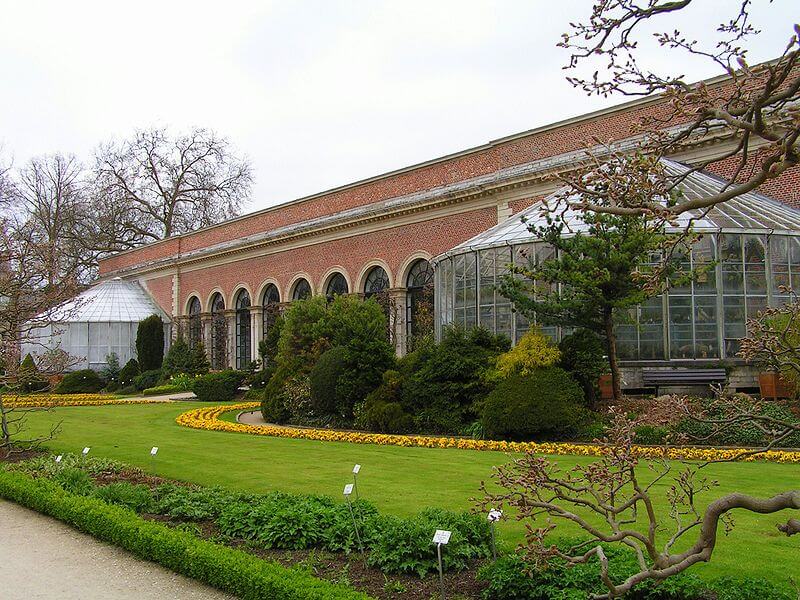
For starters, gardeners wanting to grow their own citrus need to choose compact varieties developed for indoor growing. If you start your own orange or lemon from seed, it can take 8-12 years before the plants will begin to fruit. Seed-grown plants will also be very large and quickly outgrow most indoor sunrooms or conservatories without regular pruning.
Good varieties include the calamondin (Citrus x microcarpa), Fukushu kumquat (Fortunella obovata ‘Fukushu’), Chinotto sour orange (Citrus x aurantium ‘Chinotto’), Thai lime (Citrus hystrix), Meyer lemon (Citrus meyeri). All set fruit reliably—especially the calamondin and kumquat. Those purchased from specialty nurseries for pot culture are often grafted onto dwarfing rootstock, though happy specimens may still reach 8 to 10 feet without pruning.
Planting Potted Citrus
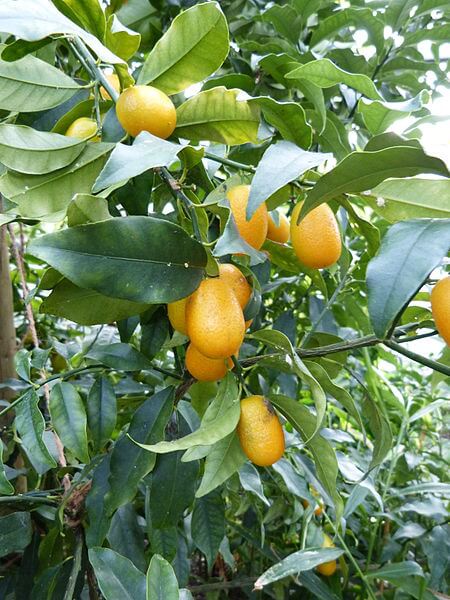
Plant your citrus in an excellent potting mix with good drainage and a slightly acid pH. A 1:1 combination of Black Gold Natural & Organic Potting Mix and Black Gold Cactus Blend will offer a balance of good drainage and needed organic matter for good nutrient and water retention. Plant trees in a substantial, well-drained pot with a fitted saucer. Trees will likely stay in the pot for years, so choose something attractive and well made. The pot should be just a few inches wider than your tree’s root ball. Dwarf trees may begin to flower and fruit at three to five years of age, depending on the variety.
Indoor Citrus Flowering and Fruiting
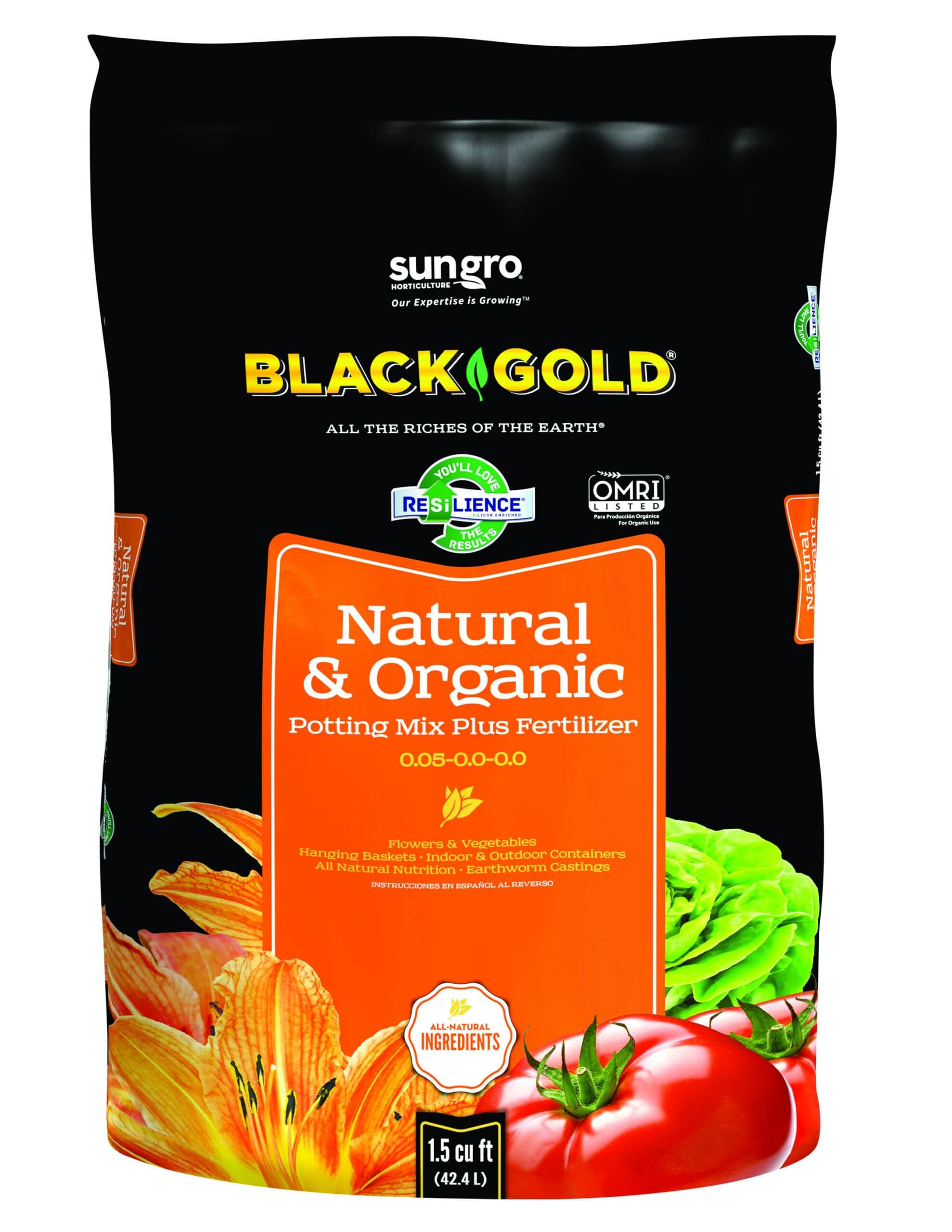 Successful fruiting starts with healthy flowering. Most varieties flower most heavily in late winter and early spring, but many recommended for indoor growing will continue to flower up until fall. (Click here for a full Citrus variety flowering and fruiting chart.) Almost all cultivated citrus are self-fruitful, which means that they will set fruit on their own without needing another tree for cross-pollination. Good sunlight, fertilization, and care will encourage healthy flowering. The right seasonal care is also essential.
Successful fruiting starts with healthy flowering. Most varieties flower most heavily in late winter and early spring, but many recommended for indoor growing will continue to flower up until fall. (Click here for a full Citrus variety flowering and fruiting chart.) Almost all cultivated citrus are self-fruitful, which means that they will set fruit on their own without needing another tree for cross-pollination. Good sunlight, fertilization, and care will encourage healthy flowering. The right seasonal care is also essential.
Citrus Year-Round Growing Needs
In summer, bring potted citrus outdoors on a sunny porch or patio. Trees require a minimum of 8 hours of sunlight a day; 12 hours is better. Bathing them in the sunshine will encourage vigorous growth for more successful fruit production because this is the season when newly-set fruit starts to develop. It typically takes between six to nine months for lemons to mature and up to 12 months for oranges and related citrus to mature. During this time, provide them with a quality fertilizer formulated for fruit and citrus and apply as directed.
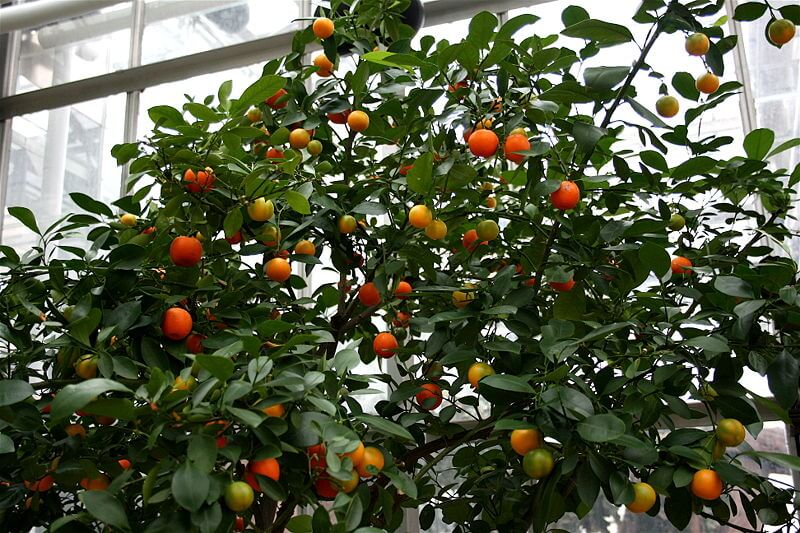
Water plants deeply until the water drains from the bottom of the pot. Allow pots to become somewhat dry between each watering–the tops should be dry and the soil below should be moderately dry (stick your finger down to a few inches if you are not sure). Outdoor plants may need to be watered once every 3-4 days while indoor plants may need to be watered every 5-7 days. During the months, when growth naturally slows, the watering regime should be reduced. Signs of overwatering include leaf yellowing and drop and eventually stem death. Trees allowed to become too dry may also unexpectedly drop some leaves.
Those living in zones below USDA hardiness zone 9 must bring their potted citrus indoors in fall. Choose a cool, sunny indoor location. Plants placed in a low-light location with less than 6 hours of sunlight should be provided supplemental light with high-spectrum grow lights. Citrus trees never go fully dormant but instead undergo a period of quiescence during the cold months when growth slows and leaf set stops. During this time, reduce watering and feeding and allow trees to rest. Keeping them in a cool (40-50 degrees F) but humid location during this time is also important as it helps facilitate their natural cycle.
Indoor Citrus Pruning
The highly fragrant, waxy, white flowers of citrus trees will appear in spring. Pruning can occur at any time when plants are actively growing. Simply pinch back growing points and cut back unruly branches. Leggy growth indicates plants are not getting enough light.
Indoor Citrus Pests and Diseases
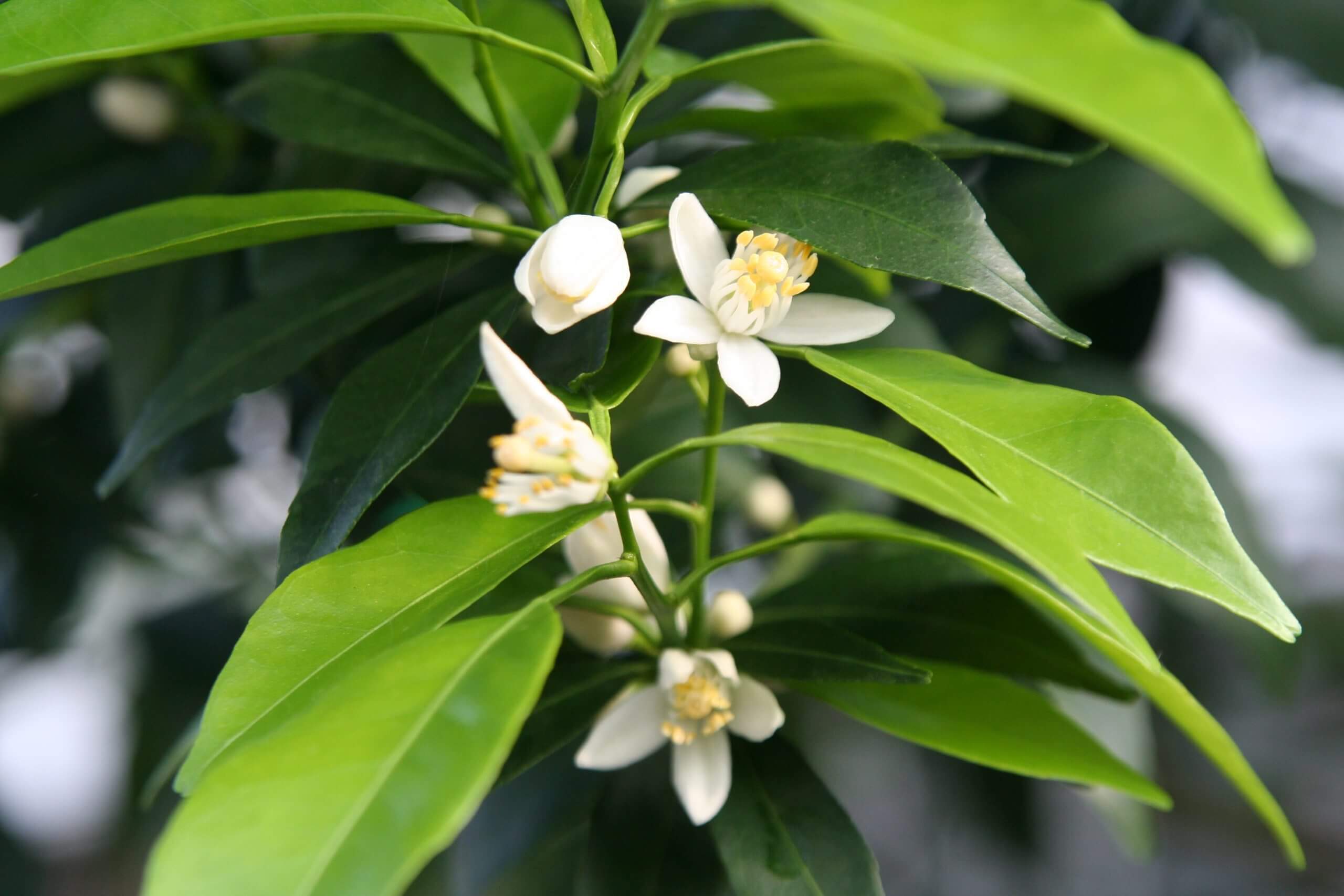
Scale is a common problem that occurs on Citrus stems and branches, and aphids, whiteflies, and spider mites are sucking insects known to plague foliage. Horticultural oil and insecticidal soap can help reduce indoor pest problems. Keeping stems and leaves clean is always a good practice; especially when bringing plants indoors in fall. Cleaning stems and leaves and treating them with horticultural oil will keep any hitchhikers from coming indoors. Common fungal diseases, nutrient, and physiological ailments are also known to cause all manner of problems with Citrus. To learn more about frequent pests, diseases, and solutions, visit the UC Davis IPM page for Citrus.
The joy of growing your own citrus is knowing that these long-lived house plants will produce fruits for over 50 years, with good care. To determine when your fruits are ready to harvest, wait until their skins are fully colored and then pick and test a fruit. If the flesh is juicy, and it tastes good, it’s time to harvest!

